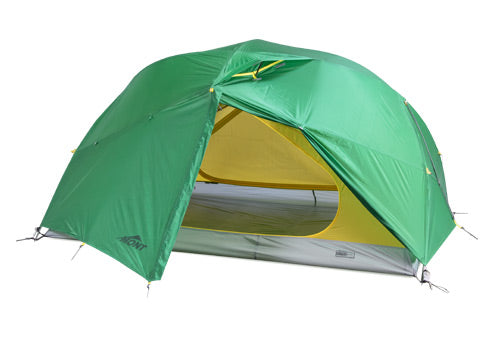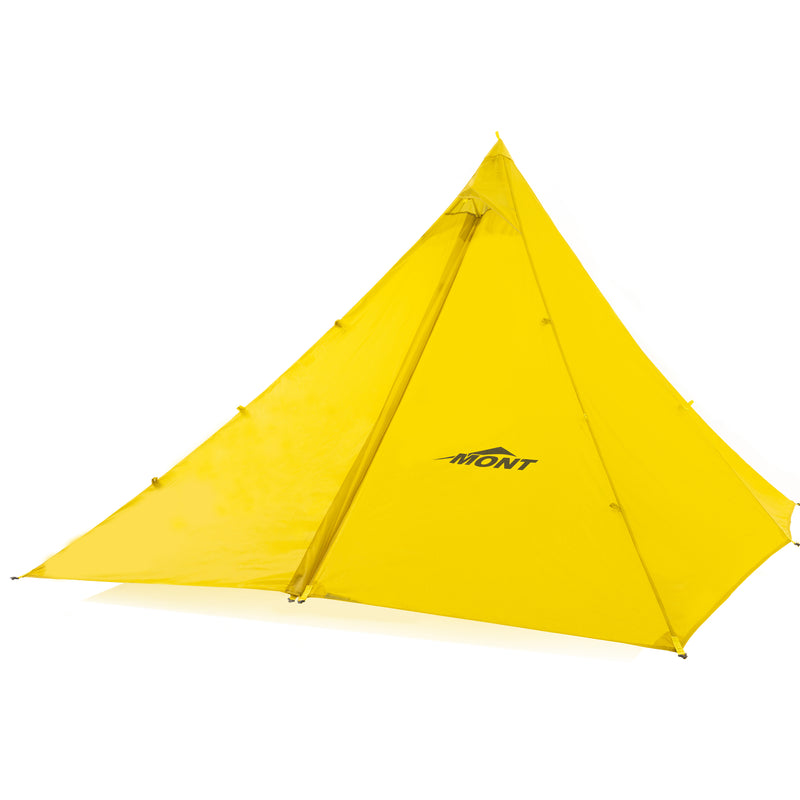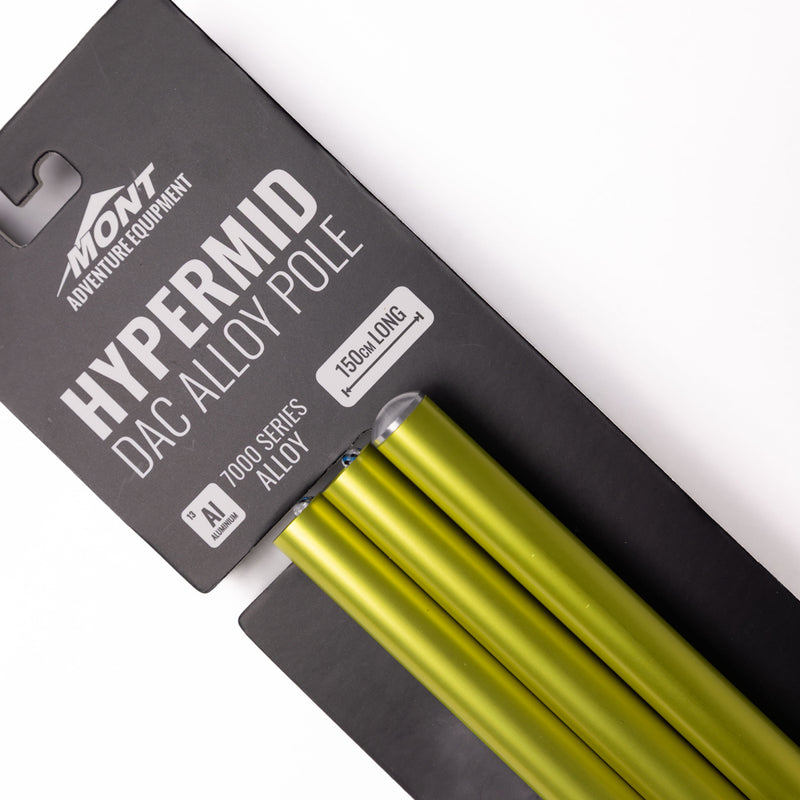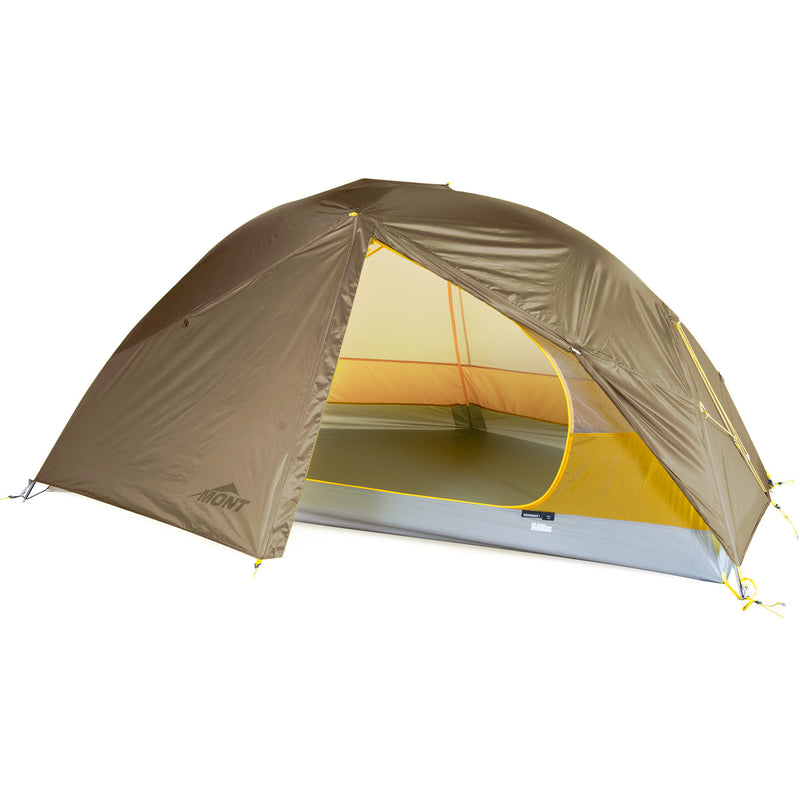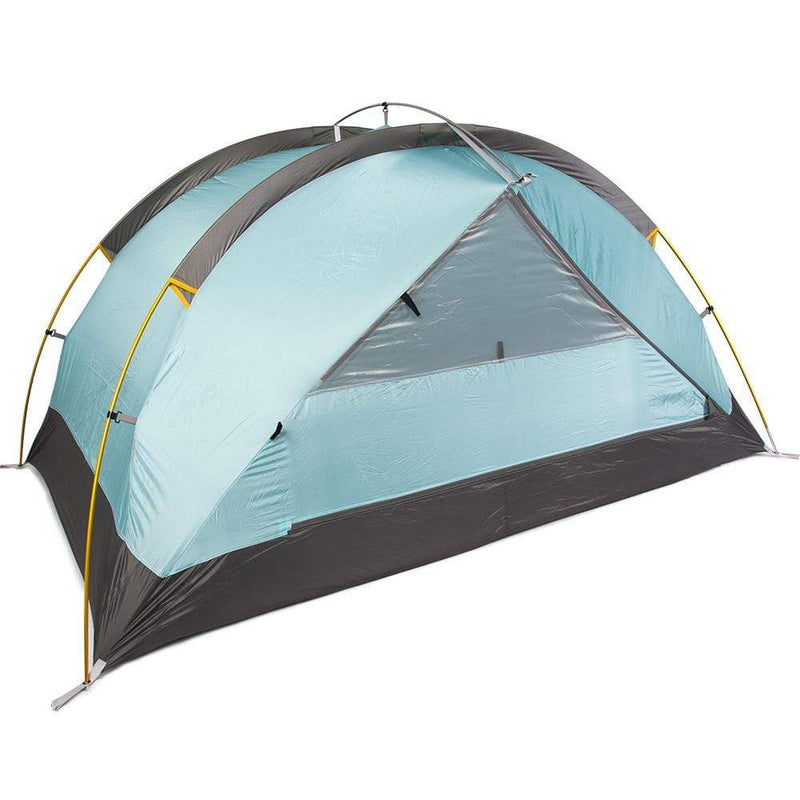Your Cart is Empty
Free shipping Australia wide on orders over $99 | Over 400,000 Trees Planted
- Clothing
- Footwear
- Camp
- Hike
- Climb
- Run
- Snow
- Sleeping Bags
- Tents
- Packs
- Eyewear
- Height Safety
- Brands
- CLEARANCE
- Returns
-
Gift Cards
- Hire
- Visit Us
- Mont's Story
- Contact
- +61 2 6162 0900
- Login
Free shipping Australia wide on orders over $99 | Over 400,000 Trees Planted









